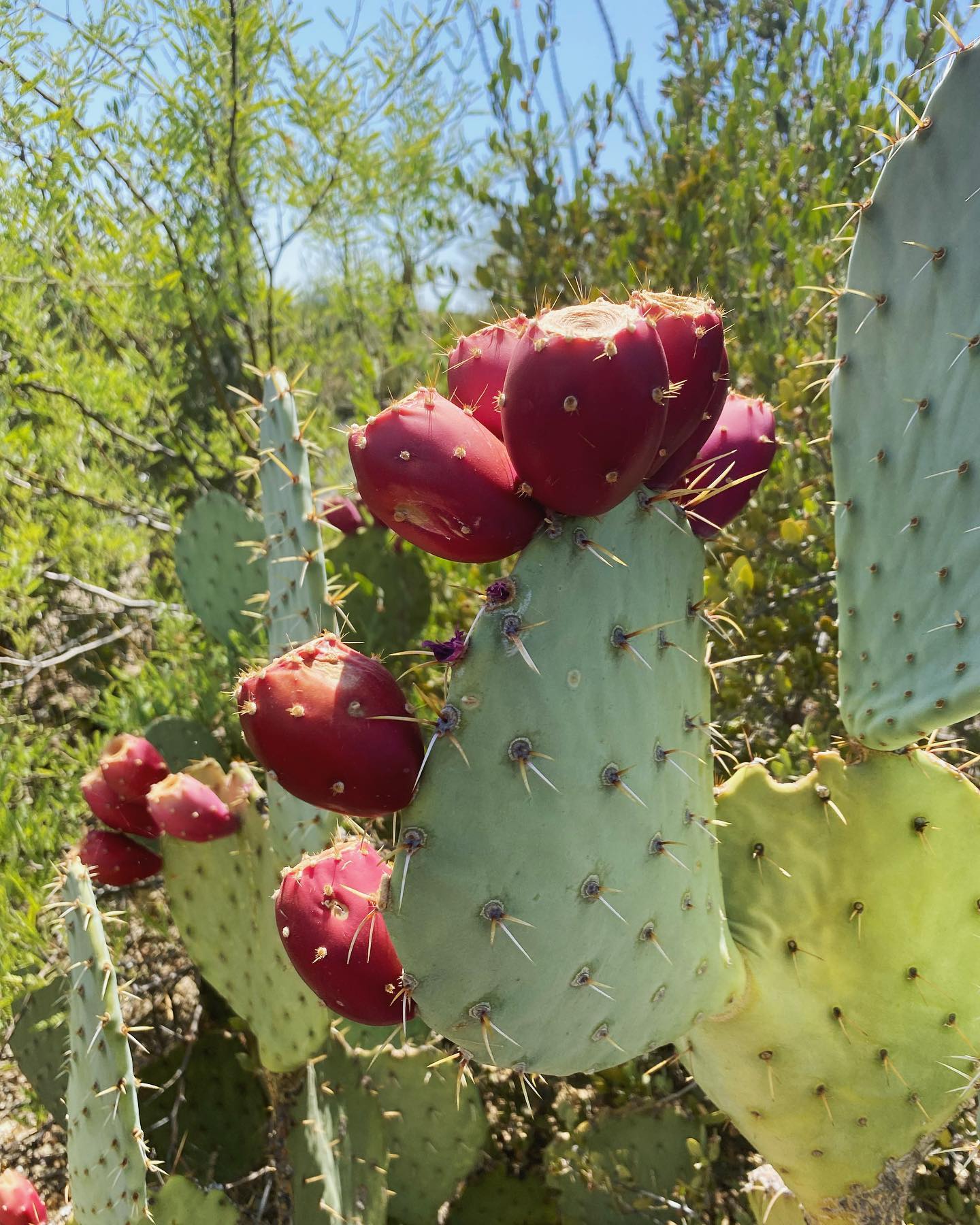Summary:
– Prickly pear season brings nourishment and moisture to various desert creatures.
– Birds, desert tortoises, insects, and javelinas benefit from these Opuntia fruits.
– Prickly pears are a vital part of desert ecosystems.
– The fruits have unique adaptations for survival.
– Consuming prickly pears can provide health benefits for humans too.
It’s that beautiful time of the year again – the prickly pear season! Nature has its way of providing for its creatures, and one of the most fascinating examples of this is the abundance of prickly pears in the desert. These vibrant fruits are a delicious treat for humans and an essential source of nourishment and moisture for many creatures that call the arid desert their home. These Opuntia fruits are a lifeline for many, from majestic birds to adorable desert tortoises and even intriguing insects and javelinas. Let’s dive into this prickly pear season’s unique and fascinating aspects and uncover its secrets!
First and foremost, let’s talk about the birds. The prickly pear season offers a feast beyond imagination for our feathered friends. With their bright red, yellow, or purple fruits scattered across the desert landscape, prickly pears serve as enticing magnets for an array of bird species. From the vibrant Vermilion Flycatcher to the elegant Phainopepla, these winged creatures find sustenance and energy in the juicy flesh of these fruits. The prickly pear season becomes a birdwatchers’ paradise, filled with musical tunes as these delightful creatures indulge in their favorite seasonal delicacy.
But not just the birds benefit from the prickly pear season. Desert tortoises, known for their resilience in arid environments, find solace in these spiky yet delectable fruits. These slow-moving reptiles have developed a unique adaptation to consume prickly pears. Their specially designed beak-like mouths, surrounded by tough skin, allow them to devour the fruits without getting pricked by the spines. Watching a desert tortoise enjoying a prickly pear is a heartwarming sight, a testament to nature’s incredible adaptations.
Insects, too, find intriguing ways to thrive during prickly pear season. Bees and wasps are particularly fond of the nectar nestled within the flowers that eventually transform into juicy fruits. As they buzz from one flower to another, these industrious insects facilitate pollination, ensuring the continuation of the prickly pear’s lifecycle. Other insects, such as beetles and ants, also play their part in nature’s grand symphony by aiding in the dispersal of prickly pear seeds. It’s awe-inspiring to witness how every element of the ecosystem works together to preserve the beauty of these fruits.
The javelinas, or desert pigs, are among the more unexpected creatures that indulge in prickly pears during this season. These wild, pig-like mammals have a robust sense of smell that leads them straight to the ripe fruits of the Opuntia cacti. Javelinas happily feast on the prickly pears, their snouts and mouths seemingly immune to the spines. These desert pigs rely heavily on this seasonal bounty, gaining the necessary nourishment to thrive in their sandy environment. Their presence during prickly pear season adds a touch of whimsy to the desert landscape, reminding us of the diversity and wonder of nature.
Apart from its significance to the desert’s inhabitants, the prickly pear offers several health benefits for humans. Rich in antioxidants, vitamins, and minerals, these fruits have been used for centuries in traditional medicine. They have been known to boost the immune system, aid digestion, and even help control blood sugar levels. With an impressive nutritional profile, prickly pears are a delightful treat and a superfood that can contribute to our well-being.
As we immerse ourselves in prickly pear season, let’s take a moment to appreciate the intricate relationship between nature and its creatures. The abundance of these fruits showcases the resilience and adaptability of desert ecosystems. It’s a testament to how every living being, no matter how prickly or seemingly insurmountable their environment, can find nourishment and thrive against all odds. Whether we are birdwatching, observing the curious desert tortoises, marveling at the pollinating insects, or sharing a smile with the javelinas, let’s remember to treasure the beauty and interconnectedness of nature.
In conclusion, the prickly pear season brings much-needed nourishment and moisture to many desert creatures. From the enchanting birds to the fascinating desert tortoises, diligent insects, and lively javelinas, these Opuntia fruits provide sustenance and play a vital role in desert ecosystems. They are a boon for wildlife and offer human health benefits. As we embrace this prickly pear season, let us revel in the wonders of nature and celebrate the resilience and interdependence of all living beings in our beautiful world.
*****
Source Description
It’s ✨ prickly pear ✨ season, and we’re here for it. The birds, desert tortoises, insects, and javelinas (and many more creatures!) are receiving much-needed nourishment and moisture from these abundant Opuntia fruits!


